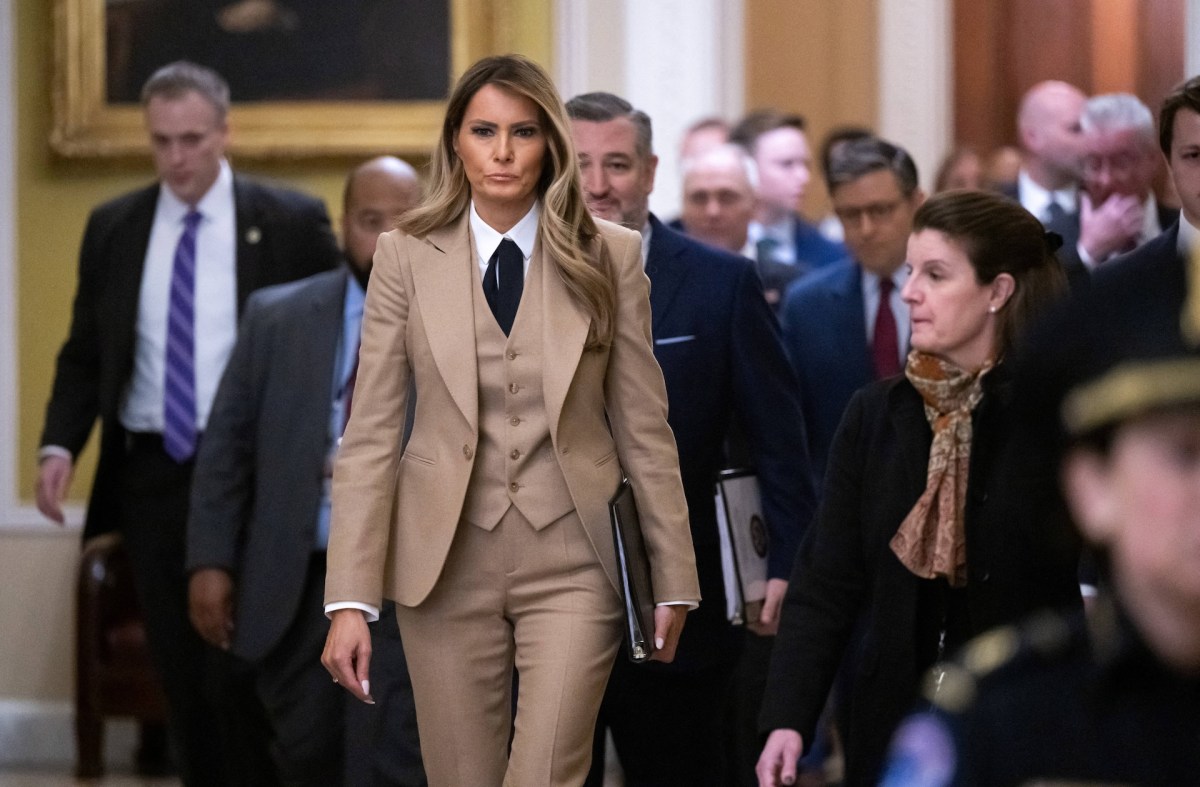
President Donald Trump is anticipated to sign into law the ‘Take It Down Act’ today, a bipartisan piece of legislation aimed at combating the proliferation of non-consensual explicit imagery online. This includes unauthorized dissemination of private photos and videos, artificial intelligence-generated deepfakes, and revenge pornography.
The law, which has garnered support from both Republican and Democratic lawmakers, seeks to update existing regulations to address modern challenges stemming from the use of digital media and AI-based technologies. With the increasing accessibility of tools to create realistic non-consensual synthetic media, concerns have mounted among privacy advocates and lawmakers alike.
Under the new legislation, individuals found guilty of knowingly distributing intimate content without consent could face significantly enhanced penalties, including longer prison sentences and steeper fines. The law also includes provisions to streamline the process of removing such content from internet platforms, and mandates that tech companies respond more swiftly to takedown requests from victims.
Civil rights and women’s advocacy groups have lauded the measure as a critical step forward in protecting individuals—particularly women—from digital abuse and exploitation. “The Take It Down Act sends a strong message that exploiting others through technology will not be tolerated,” said one advocacy group spokesperson.
This legislative step comes amid growing concerns about the societal harms caused by the misuse of AI-generated content, particularly imagery that can damage reputations, careers, and mental well-being. By labeling and criminalizing such activities more clearly in law, the U.S. government aims to offer victims better legal recourse and bolster efforts to prevent abuse.
President Trump’s expected signing of the bill underscores a rare moment of bipartisan agreement on the need to modernize privacy and exploitation protections in the digital age. The law is expected to come into effect later this year, providing a framework for stronger policing of explicit content distribution online.
Source: https:// – Courtesy of the original publisher.








